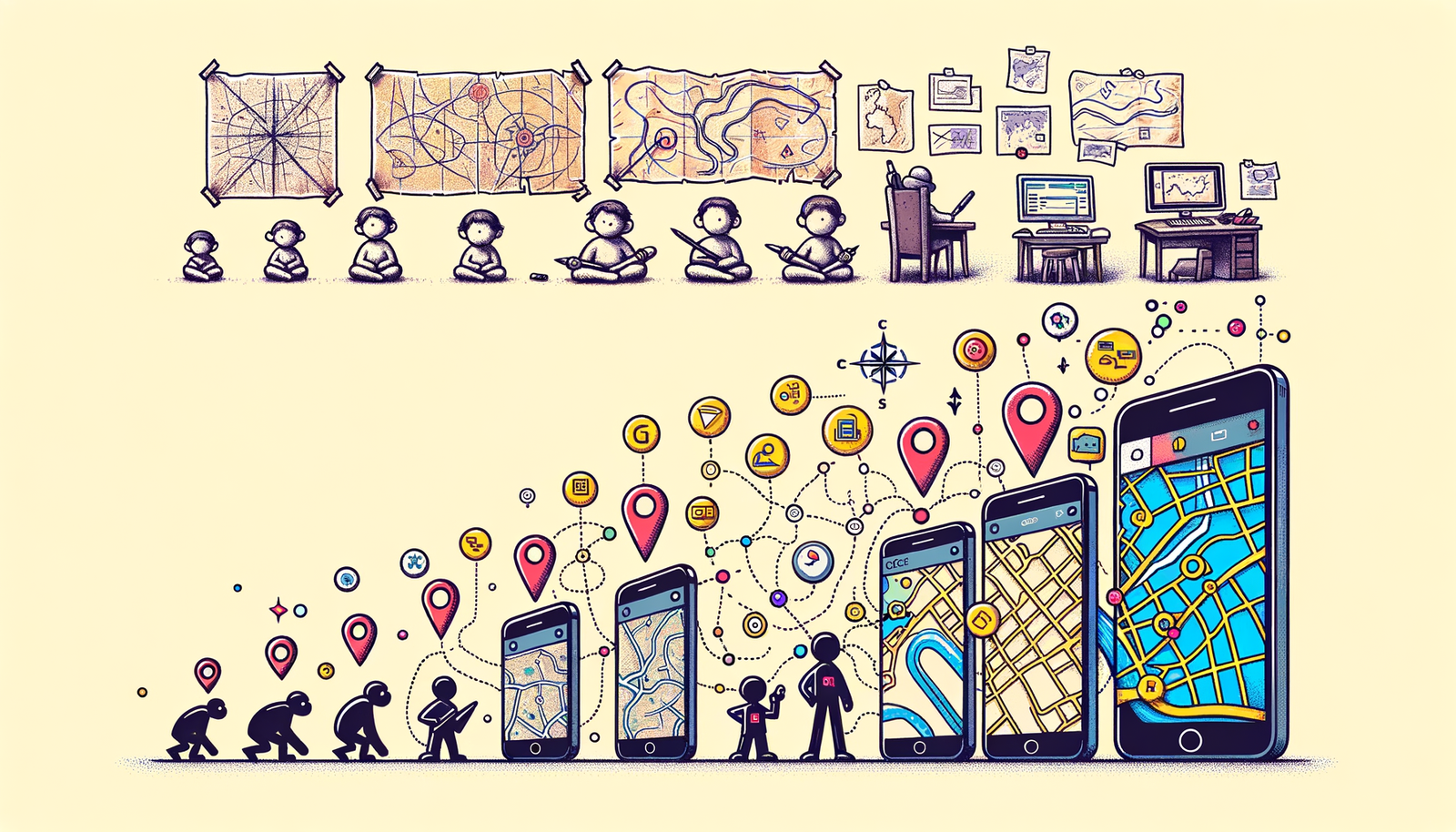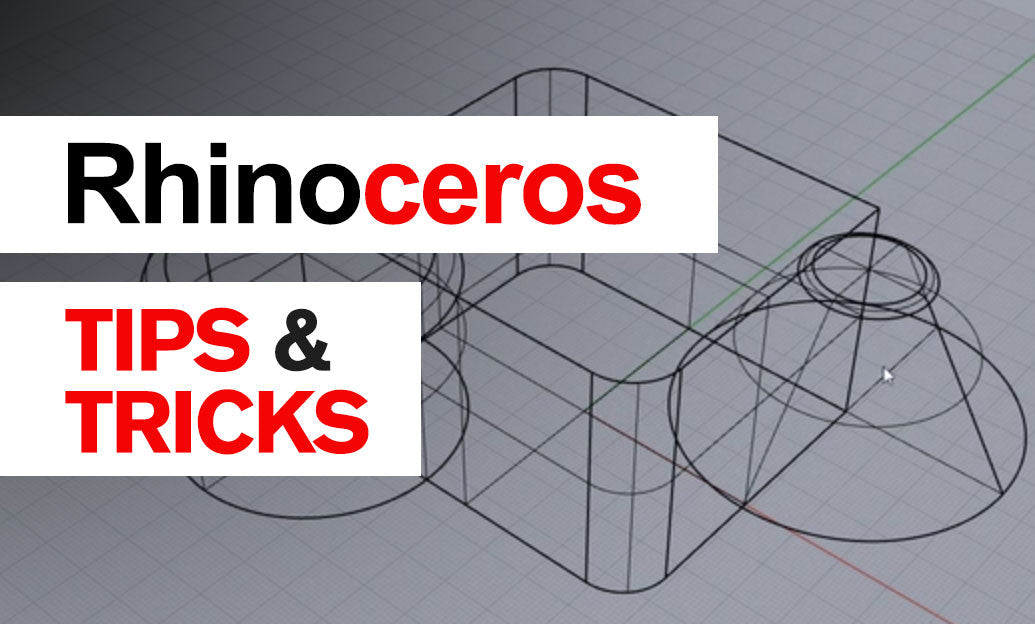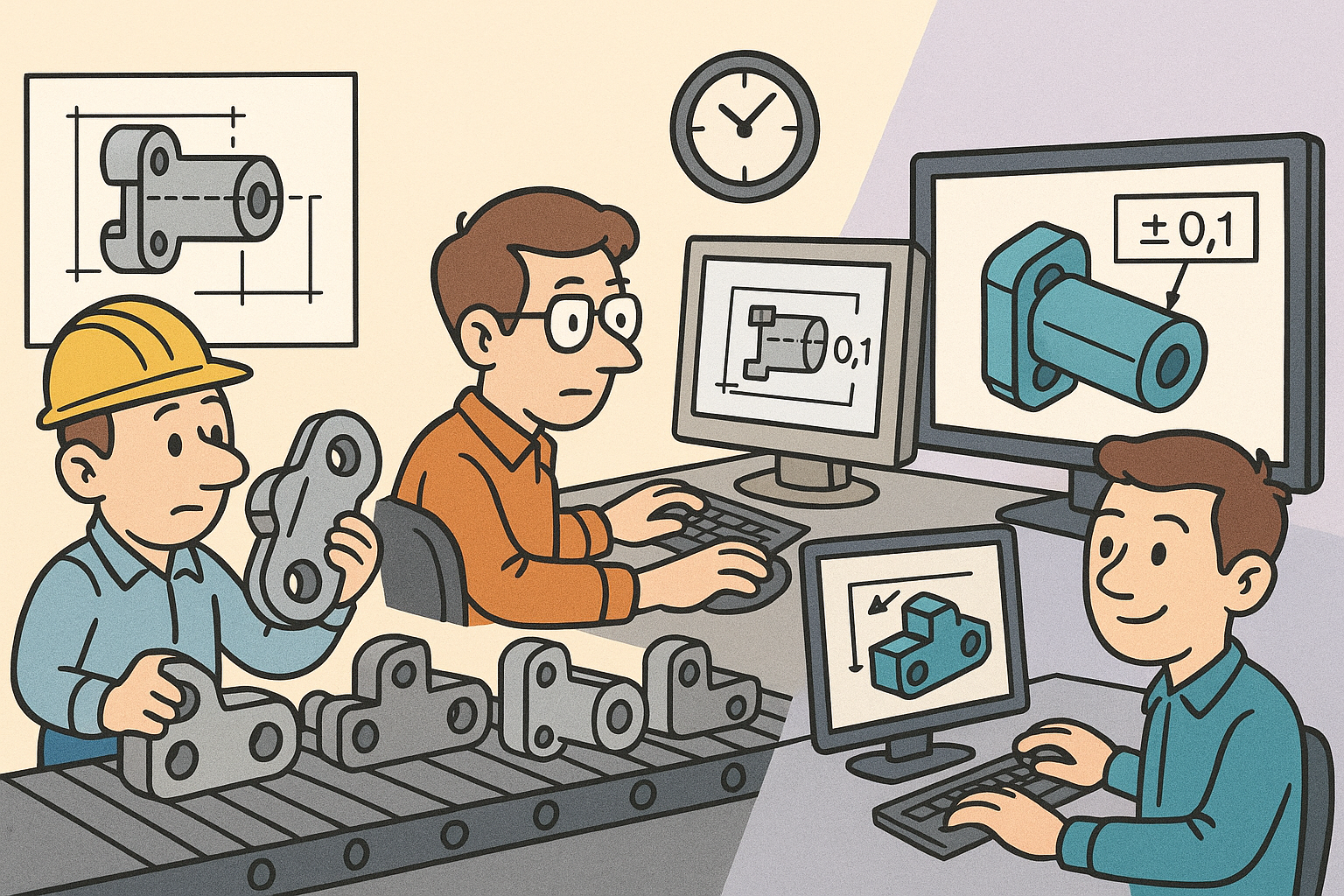Your Cart is Empty
Customer Testimonials
-
"Great customer service. The folks at Novedge were super helpful in navigating a somewhat complicated order including software upgrades and serial numbers in various stages of inactivity. They were friendly and helpful throughout the process.."
Ruben Ruckmark
"Quick & very helpful. We have been using Novedge for years and are very happy with their quick service when we need to make a purchase and excellent support resolving any issues."
Will Woodson
"Scott is the best. He reminds me about subscriptions dates, guides me in the correct direction for updates. He always responds promptly to me. He is literally the reason I continue to work with Novedge and will do so in the future."
Edward Mchugh
"Calvin Lok is “the man”. After my purchase of Sketchup 2021, he called me and provided step-by-step instructions to ease me through difficulties I was having with the setup of my new software."
Mike Borzage
Design Software History: Evolution of Custom Map Design: The Rise of Mapbox in Geospatial Analysis
August 01, 2024 3 min read


Introduction to Custom Map Design
Overview of Custom Map Design
Custom map design entails the tailored creation and visualization of geographic data to suit specific needs across various industries. Its importance spans fields such as urban planning, transportation, real estate, and environmental monitoring. Custom maps facilitate better decision-making by providing precise, context-specific visual representations of geographic information.
Over the years, custom map design has witnessed significant evolution driven by advancements in technology. From the early days of paper maps and hand-drawn illustrations, the field has progressed to sophisticated digital platforms. These platforms enable intricate customization, real-time data integration, and interactive user experiences.
Introduction to Mapbox
Mapbox is a trailblazer in the field of custom map design, offering a suite of tools and services that empower developers to create dynamic, interactive maps. Established with a vision to democratize access to geospatial data and visualization, Mapbox has become a cornerstone in the realm of geospatial analysis.
The company's mission revolves around providing powerful, customizable mapping solutions that cater to diverse user needs. Mapbox's journey is marked by innovation, with a commitment to enhancing the accessibility and usability of geographic information.
The Early Days of Mapbox
Founding and Inspiration
Mapbox was founded in 2010 by Eric Gundersen and Alex Barth, who brought together their expertise in geography and data visualization. The inspiration behind Mapbox stemmed from a shared recognition of the limitations in existing mapping solutions and a desire to streamline the process of creating custom maps.
In its nascent stage, Mapbox faced several challenges, including limited funding and the need to establish a niche in a competitive market. Despite these hurdles, the founders were driven by a vision of democratizing map-making tools, enabling more people to harness the power of geospatial data.
Initial Technologies and Innovations
The early technological foundation of Mapbox was built on open-source tools and technologies, which provided a flexible and scalable platform for innovation. Key components of the initial tech stack included:
- OpenStreetMap: Leveraging this community-driven map data source allowed Mapbox to provide detailed and up-to-date geographic information.
- TileMill: An open-source map design studio that laid the groundwork for Mapbox's later development tools.
One of the first significant milestones for Mapbox was the development of custom map tiles, which allowed users to create highly personalized map styles. This capability distinguished Mapbox from traditional mapping services and set the stage for further advancements.
Technological Advancements and Core Features
Development of the Mapbox Platform
As Mapbox expanded its capabilities, the introduction of Mapbox Studio marked a significant leap forward. This powerful design tool offered a user-friendly interface for customizing maps with intricate detail. Mapbox Studio's features include:
- Layer-based editing: Enable precise control over map elements.
- Styling options: Allow users to tailor maps to specific aesthetic and functional requirements.
Another pivotal innovation was the development of the Mapbox GL JS library. This open-source JavaScript library revolutionized web-based mapping by providing a performant, flexible framework for rendering interactive maps. Its impact on the industry cannot be overstated, as it enabled developers to create richly interactive map experiences directly in the browser.
Key Features and Innovations
Mapbox's platform boasts a range of advanced features that set it apart from traditional mapping solutions:
- Advanced customization options: Users can tailor every aspect of their maps, from colors and fonts to data layers and interactive elements.
- Integration with other GIS and design software: Mapbox seamlessly integrates with various Geographic Information System (GIS) tools and design software, enhancing its utility in professional workflows.
- Real-time data visualization: This feature allows for the dynamic representation of data, making it invaluable for applications requiring up-to-the-minute information, such as traffic monitoring and disaster response.
Impact and Influence on Industry
Adoption Across Various Sectors
Mapbox's versatility and powerful customization features have led to its widespread adoption across numerous sectors. Notable clients and industries leveraging Mapbox include:
- Transportation: Companies like Uber and Lyft utilize Mapbox for precise navigation and real-time route optimization.
- Urban Planning: City planners use Mapbox to visualize infrastructure projects and engage with the public through interactive maps.
Future Directions and Innovations
Mapbox continues to innovate, with ongoing developments in areas such as augmented reality (AR) and machine learning. These advancements hold the potential to further transform custom map design, offering even more sophisticated tools for data visualization and analysis.
Emerging trends in custom map design include the integration of real-time data streams, enhanced interactivity, and the use of immersive technologies. Mapbox is poised to play a crucial role in shaping these trends, driving the future of geospatial analysis and custom mapping.
Also in Design News

From Markups to Data: Governed Custom Measurements for Audit-Ready MEP Takeoffs in Revu
December 28, 2025 8 min read
Read More
Rhino 3D Tip: Manufacturing-Ready STEP and IGES Export Checklist for Rhino
December 27, 2025 2 min read
Read More
Design Software History: From Interchangeability to Semantic PMI: A History of Tolerancing in CAD
December 27, 2025 12 min read
Read MoreSubscribe
Sign up to get the latest on sales, new releases and more …


